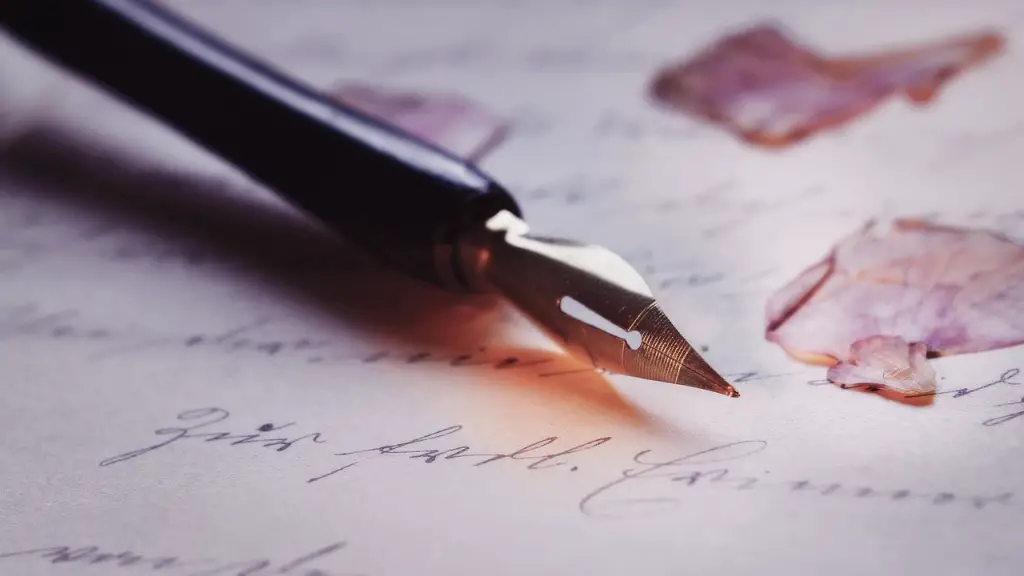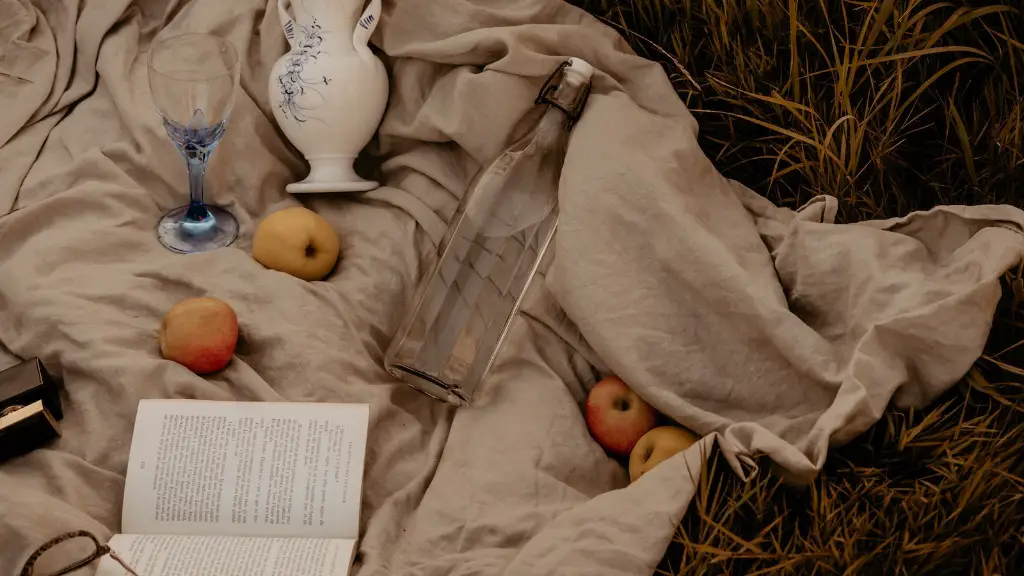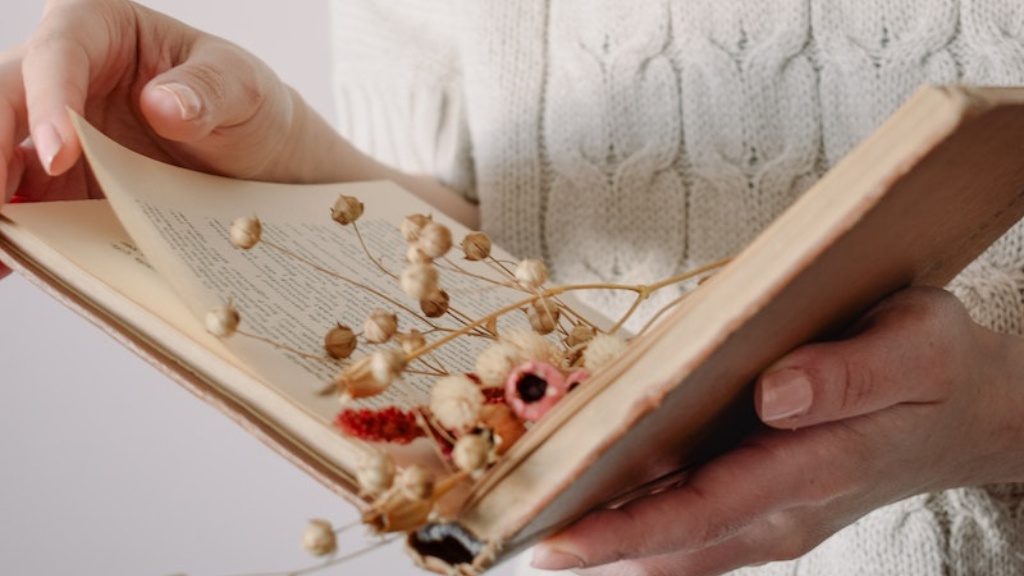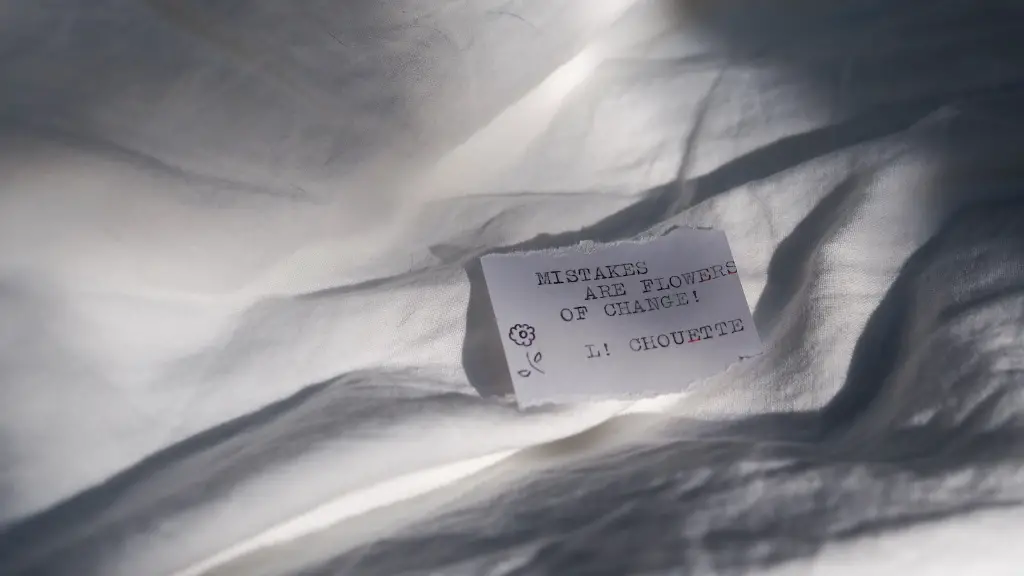One of the most powerful tools to teach first graders is poetry.It is the perfect medium to introduce them to the world of letters,as well as to introduce them to emotions and metaphors.It’s important to remember,though,that when introducing children to poetry it’s not just about understanding what the words are saying,but also enjoying the sounds,rhythms and patterns of language.When teaching poetry to first graders,it’s important to focus on imagery and showing instead of telling.It also helps to create a safe and nurturing environment,which will help the students to feel more comfortable interacting with the material.
Understanding The Basics
In order for children to be able to understand and appreciate poetry,it is essential to first explain the basics of the written form.In particular,practice with reading poets’ literature to children provides an effective foundation for later activities involving writing poetry.Introduce new vocabulary and assist children in comprehending the various components of poetry,such as reading comprehension,figure of speech,rhythm,metaphor,and imagery.
Start With Familiar Poetry
One of the best ways to teach a first-grader how to write poetry is to start with poems they already know.This can be done through recitation or through singing.You could choose something like “Twinkle Twinkle Little Star,” or “Mary Had a Little Lamb,” to get started.Start by reading the poem and asking students to participate in reciting it.You might explain some of the tougher nuances of the poem,but do not overload students with vocabulary and concepts they may not understand.
Engaging With The Material
A great way to engage first graders in poetry is to begin with writing activities.For example,you could provide students with blank sheets of paper and ask them to draw a picture about a certain poem or about a particular line in the poem.You may also ask students to rewrite some of the lines in the poem in their own words.This activity will help them to identify the structure in a poem, and to better understand the meaning.
Promoting Creativity
In order to get students truly engaged with poetry,make sure to include creative writing and performance activities.Create opportunities in which students can express themselves through the art of poetry.You might encourage them to create their own poems and to perform them at a poetry reading.When performing,it is beneficial to have students practice their poems in advance.This will help them to feel more comfortable with the material and to remember their lines better.
Exposing To Other Genres
Many teachers believe that poetry is only one literary genre and that students should be exposed to others.In order to create a well-rounded experience in the classroom,try to introduce other types of literature, such as prose and drama.Show your students plays, novels and short stories, which can also help teach valuable literacy skills.
Reward Students
Children are more likely to be engaged with poetry if they are rewarded for their efforts.A reward system is a great way to motivate and inspire your students.You could use blank pieces of paper and ask your students to illustrate a poem or to write down a few lines about something they have read.A reward system may involve giving out stars for completing activities or for taking part in performances.
Creating a Safe Environment
When teaching poetry to a class of first graders,it’s important to create a safe and nurturing environment in which all children feel comfortable participating. Make sure everyone in the class is included and that no one feels uncomfortable or left out.In the same way,try to use different activities and strategies to keep everyone engaged.
Encouraging Creative Thinking
One of the most important elements in teaching poetry to first graders is to encourage creative thinking.This can be done by providing them with worksheets and activities that ask them to express their thoughts and emotions through words. Use a variety of activities such as grouping students,asking them to draw pictures that illustrate a poem and holding group discussions to stimulate creative thinking.
Exploring Poetry Through Music
One fun way to add an element of play to teaching first graders poetry is to explore it through music. Music can help children to better understand and appreciate poems and the language itself.You can use songs,instruments or movements to help children engage with the material.
The Value of Poetry
When using poetry in the classroom,teachers can emphasize the importance of reading,writing and understanding poetry as a form of communication. Reading and writing poetry can be an enjoyable and creative experience for first graders as well as an important part of their learning.It’s essential for teachers to use poems that are age-appropriate,which are interesting and relevant for the student’s background.
Online Resources
When teaching poetry to first graders,it can be useful to utilize online resources. Ask your students to use technology such as computers or tablets and show them how to use websites,including those that provide templates and frameworks for writing poems.This will give your students the opportunity to explore different types of poetry and to develop their own poem writing skills.
Poetry As An Expression Of Emotions
Poetry can be used as a way to help first graders understand and express their emotions.You can use this tool to discuss sensitive topics such as divorce or the death of a family member. Encourage students to write down their feelings and thoughts,which can help them to understand and cope with difficult situations in their lives.
Resources for Teachers
There are many publications,articles and websites that provide informative and helpful resources for teachers who are looking to introduce and teach poetry to their first-grade students.Make sure to take advantage of the vast array of knowledge available in order to prepare poetry lessons that are interesting and engaging for your students.



